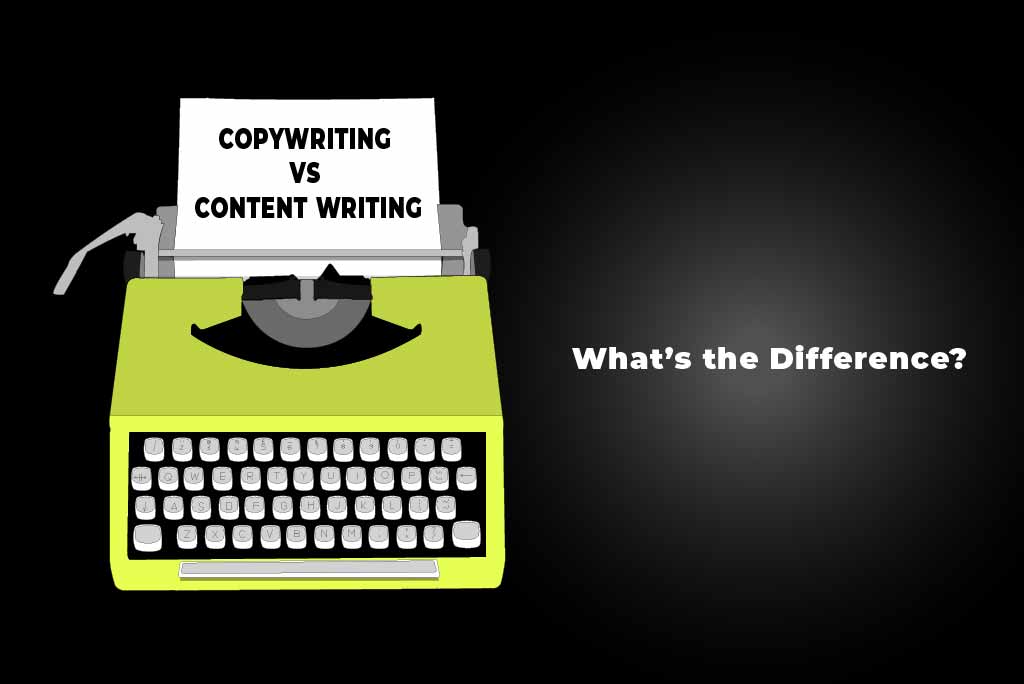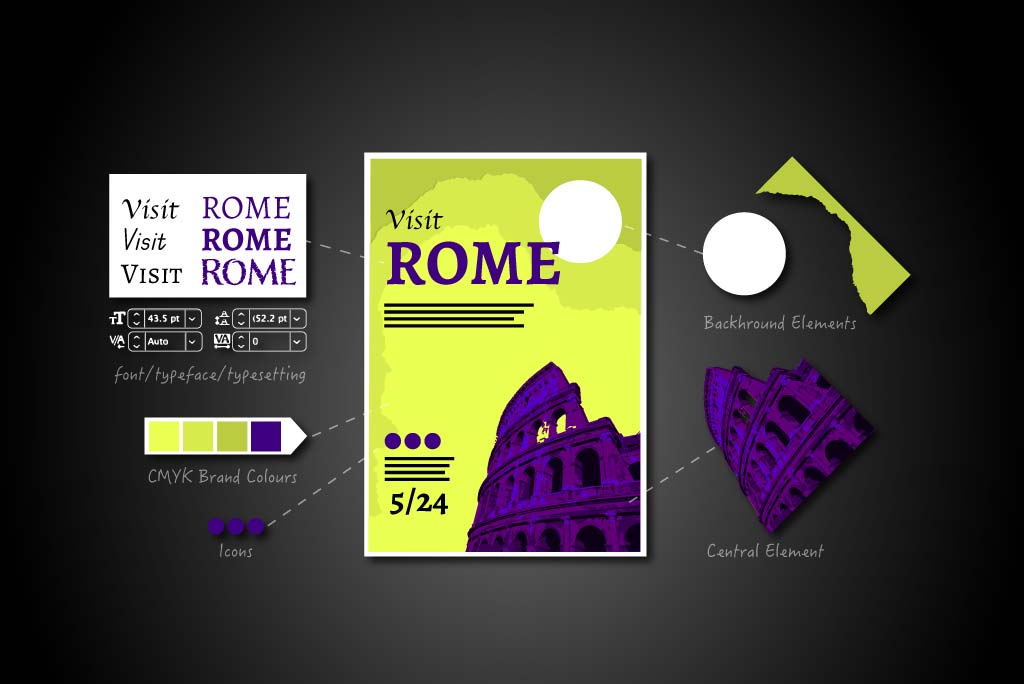Copywriting and content writing — they’re the same thing, aren’t they? Well, no, not really. Copywriting vs. content writing may sound like splitting hairs, but they are, in fact, crucially different. In isolation, they each serve a different purpose, but when combined, they produce a powerful and broad-reaching base to launch any brand into the stratosphere.
What Is Copywriting?
Copywriting is all about sealing the deal, making the sale and persuading a potential customer to take some form of immediate action. Copywriting is a short-form style of copy where economy and clarity are key. Copy will often appear in the form of slogans, taglines, jingles, lyrics or catchphrases. Even a single cleverly utilised word can transform a mediocre ad campaign into a monstrously successful one. Budweiser’s infamous “Wassup” campaign is a testament to that.
Copywriting is everywhere. It’s on billboards, adverts, posters, email promotions, TV and radio campaigns, catalogues, fundraisers and social media posts — the list goes on. Regardless of what form copywriting assumes, simplicity, immediacy and familiarity are key.
Let’s take McDonald’s marketing strategy, for example. A seemingly innocuous phrase “I’m lovin’ it” may not count for much when thrown into casual conversation, but in the context of marketing, it’s a genius stroke.
This one phrase does several things:
- It’s an everyday phrase people use. Therefore, it’s relatable.
- It conveys a positive feeling about the product.
- It’s short and can be read in a second or two, even if your prospective customer is on the move.
- It’s also low on syllables, making it silky smooth to read. If it’s easy to read, it’s much easier for someone to remember. What is important here is that remembering is a form of investing. The things we remember establish a permanent place in our minds. The copywriter’s job is to get people to invest in an idea and its associative brand as quickly and simply as possible.
Let’s take another example: Apple’s “Think different” slogan. It hits the same notes as the McDonald’s one, but there is an additional ingredient: exclusivity. The implication here is that to think differently is to perceive and experience the world from a position of heightened awareness, a vantage point only a small number of people have access to. So, let’s add scarcity to this mixture. The less of something there is, the greater the value that something accrues. Scarcity creates an in-group vs. out-group dynamic where it’s clearly more desirable to be in the in-group than not.
We at Altlier particularly like the interplay between exclusivity and scarcity. It’s fertile ground for interesting new ideas.
Great copy provokes an intense emotional response in the reader. A firm understanding of the target audience will help identify the desires, impulses and incentives implicit in that target group.
Consider the findings of Harvard University Professor Gerald Zaltman. His research on consumer behaviour revealed that over 9 out of 10 consumer purchases are driven by emotion.
Legendary copywriter Clayton Makepeace puts it like this, “You must combine strong benefit-laden copy with words that activate dominant resident emotions that your prospect has in relation to your product.”
What Is Content Writing?
Where the copywriter takes a blunt, “go, get ’em” approach, the content writer takes a softer tack. The aim here is to inform, educate and entertain the prospective client by fleshing out elements that supplement and reinforce the benefits of a given brand, as well as its general uses and applications.
Content writing is usually long-form, less rigid and more detailed. It contextualises the product or service by applying its function to the real world and addresses questions such as “what is this thing”, “who is it for”, “how does it work” and “how does it solve the problem it claims to solve”.
Content writing plays a key role in the creation of a content marketing funnel and is most commonly found in articles, blogs, newsletters, reports, reviews, e-books, white papers and so on.
Unlike the immediacy and economy employed by the copywriter, the content writer winds things down to a leisurely pace, slowly building a story arc the reader can engage with and invest in over a longer period of time. There’s that word again: “invest”. Unlike the copywriter, who wants you to invest something right away, the content writer patiently administers the goods, trusting that the reader will invest as long as the content remains engaging.
Engagement is investment. With strategy and patience, a sale won’t be too far away.
The copywriter tugs at the emotions. The content writer, however, entices them to the surface in composed stages. Pithy anecdotes and case studies, reviews and interviews, testimonials and opinion pieces are essential materials that help create a sense of dimension and a sort of ecosystem where the product or service in question can be showcased effectively. Throwing in some percentages and the occasional pie chart doesn’t do any harm either.
Copywriting vs. Content Writing: Six Key Differences
Let’s focus on some of the main differences between these two disciplines. By the end, it should be clear how different yet attuned they are to each other. Unsurprisingly, the most successful B2B marketing campaigns consistently include both copy and content writing.
Copywriting persuades, whereas content writing informs.
Copywriting is about urgency. It is a simple hook with a call to action. Active participation is encouraged to promote engagement and secure sales.
On the other hand, content writing informs, instructs and entertains over a longer period of time. It’s a subtler, nuanced approach to sales that succeeds by sustaining interest with a good understanding of the brand and the kind of customer it serves.
Copywriting evokes an immediate emotional response, while content writing slowly builds trust.
The copywriter will identify and target emotional triggers to promote sales. Creating a sense of urgency will push people to act impulsively. “Buy now before stock runs out!” will elicit a faster sale than “Relax and check it out when you get time”. Copywriting insinuates scarcity. The customers cannot miss out on a once-in-a-lifetime opportunity, can they?
The content writer, however, uses little emotion. Good content creates a space that informs and assures prospective buyers that a brand or product is a solid bet. Content writing isn’t selling directly but rather a reservoir of facts, anecdotes and varied details that add value to the brand or product in question.
Copywriters need a basic understanding of SEO, while content writers require expert knowledge.
Given the short-form nature of copywriting, a standard understanding of SEO is ideal. Action words that are optimised for SEO will bring in many more visits than if they are not. Though not as present as in content writing, SEO is still an important factor in drawing in prospective customers.
SEO should be second nature to content writers. With long-form content, it’s vital that the topics and search terms intersect perfectly with the brand’s or product’s identity. Researching and using pertinent keywords pays dividends. Search engines reward optimised content by sending lots of traffic your way.
Copywriting tends to be short-form, while content writing is usually long-form.
For copywriting, immediacy and simplicity are key. This short-form style is compact and economical. Why use six words when you can say the same thing with three? Negative space can be cleverly used to accentuate what little might be there. It’s punchy, fast and interactive.
Content writing for blog posts, newsletters and articles averages between 500 and 2,500 words (and can get much longer when it comes to e-books, podcasts and video scripts). The pace is taken way down. Prospective customers can consume content at their own leisure. There is no pressure selling, just regular, informative material. The payoff comes gradually.
Content writing creates traffic, whereas copywriting converts it into leads and sales.
With content writing’s greater dependence on SEO, its responsibility is to select the best keywords in service to the needs of the copywriters, who then distil and sharpen the fundamentals and present them to the world. With long-form content, there is more opportunity to rank for additional keywords. This is a fantastic way to generate traffic the copywriter would be grateful to receive.
Copywriting produces quick and measurable results, while content writing is about long-term strategy.
Copywriting is about creating an active, kinetic experience. The prospective customer is prompted to take action swiftly. Regardless of whether you make a sale or not, knowing the results quickly allows for fast adjustments and improvements.
With content writing, long-form pieces may not have as much commercial value as copywriting, but good content bolsters the presence of any given brand or product it revolves around. The content writer plays the long game, providing steady, up-to-date information at a looser pace. It’s a stealthier approach to making sales, but it works fantastically well. Though it’s trickier to measure results on a longer-term basis, regular interactivity with returning visitors is a reliable indicator of how things are going.
Conclusion
In summary, copywriting is about persuasion, and content writing is about informing and entertaining. Though important as stand-alone approaches, the goal is ultimately the same: to generate sales. Their relationship is an interlocking, symbiotic one, and together, they prove to be quite a formidable team.
At Altlier, we provide specialist copywriting and content writing services. To find out how we can help your business, check out our services page or get in touch.



